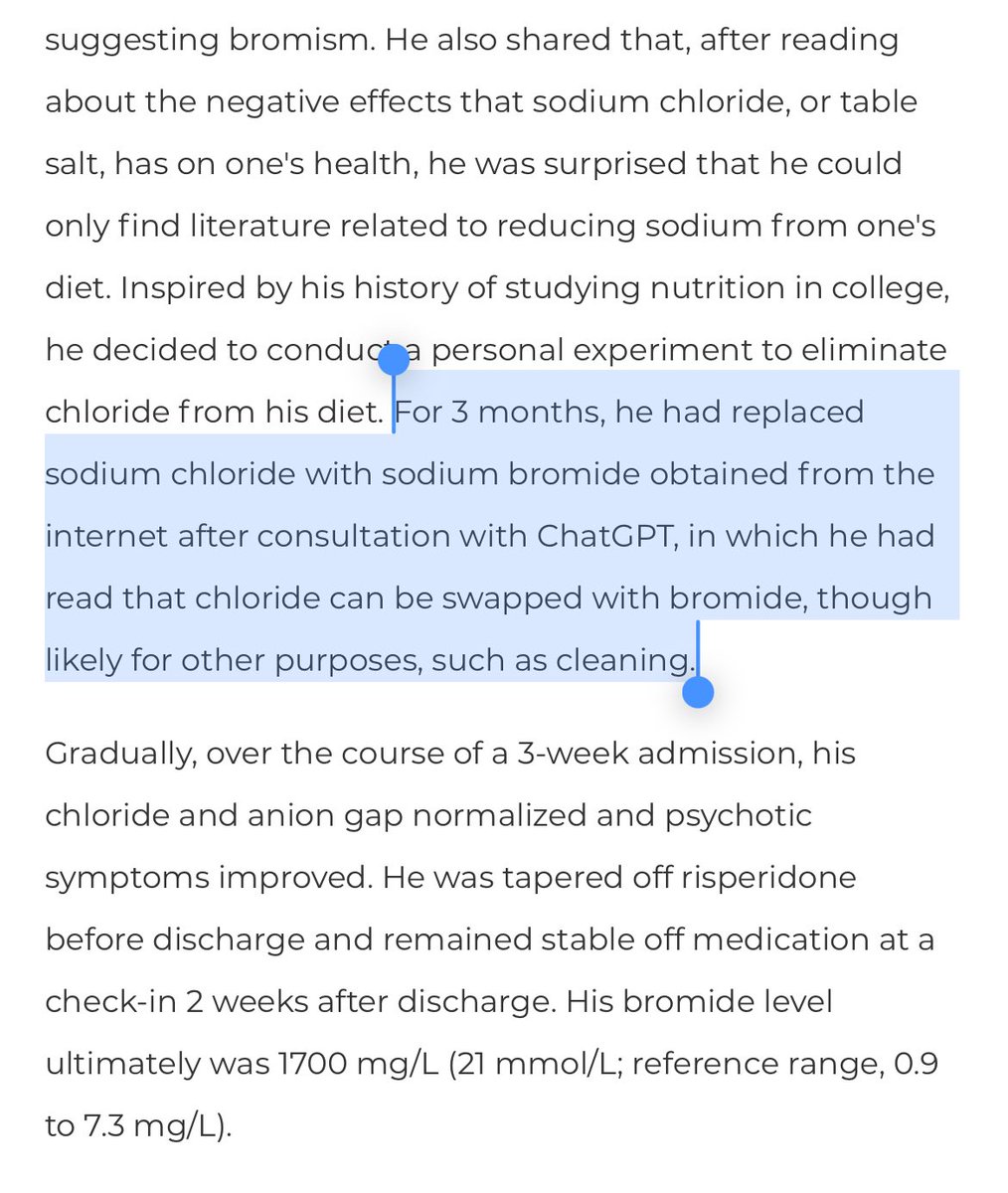Brilliant. I think this idea really has legs. If we can move the vent controls outside the room we can check/adjust ventilators without consuming PPE. Combine this with moving IV pumps to the hall and we may reduce ICU PPE consumption by 50%. #innovation #covid4MDs
https://twitter.com/NickJohnsonMD/status/1241214503984852992
Calling all #RespiratoryTherapist For which ventilators is it possible to separate the control unit from the ventilator? What type of extension cable is needed? Let’s #crowdsource these extensions. This is an effective low tech way to conserve PPE and save lives. #covid4MDs
• • •
Missing some Tweet in this thread? You can try to
force a refresh





























